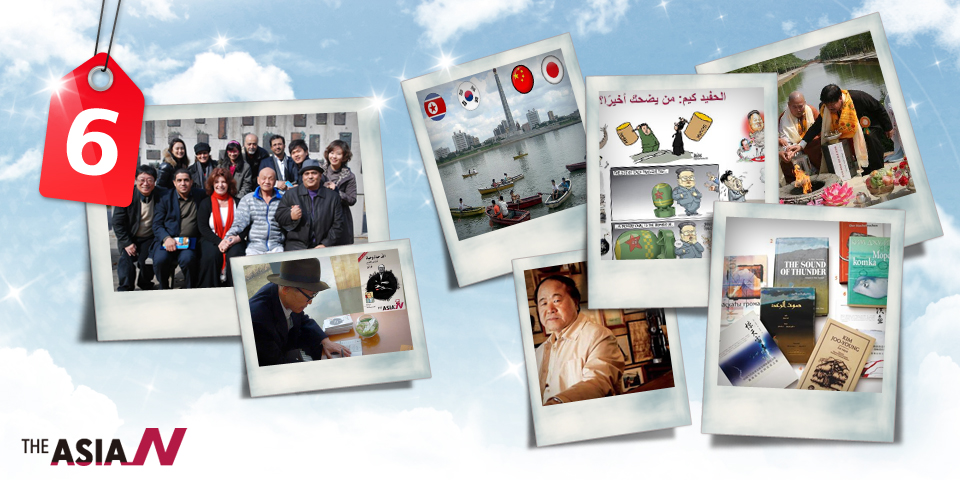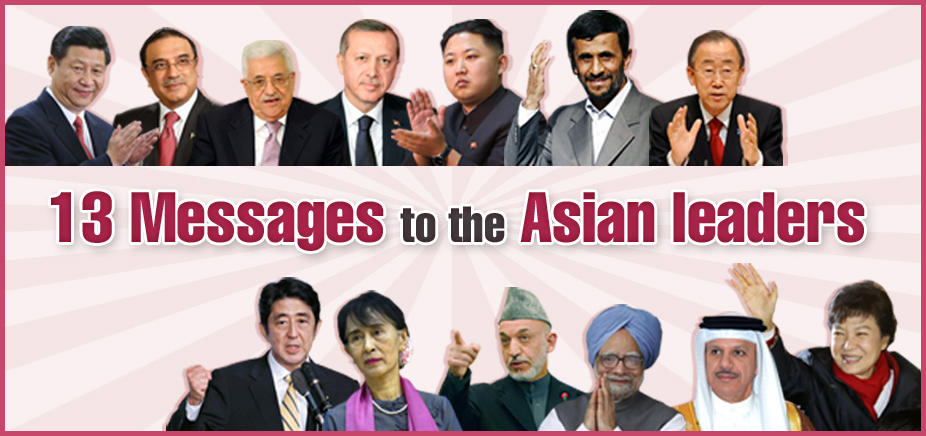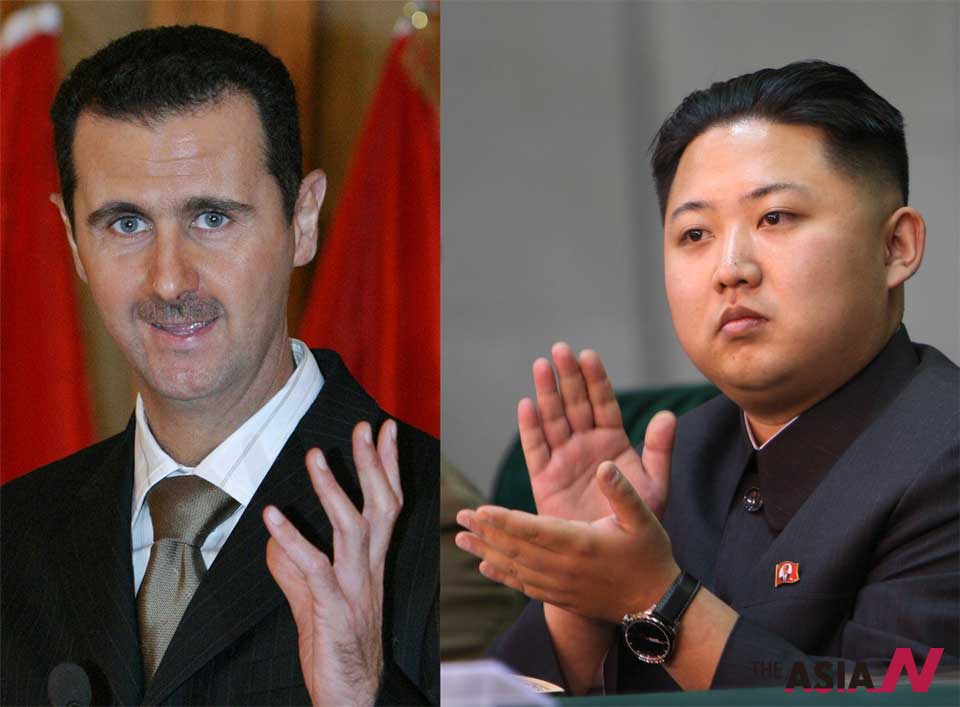[London Olympics] ⑥ A logo, posters and two mascots
*Editor’s note: This is the last of six-part stories on the London Olympics
Nobody denies the power of trademarks. That’s why international companies and institutions race to sponsor this Olympic event and put their logos beside their products’ logos. As represented in the logo, art gives enormous economic power.
I followed up the row over the choice of the Olympic logo with its bright colours, strong design and yellow frame representing energy. After a while the row calmed down and memory began to mix with the logo, representing a modern artistic spirit of someone getting ready to compete in an everlasting running marathon.
Interestingly, the logo, which was designed by Rice Evans, a young man from Kent, was the winner in a national competition in which more than 150 young artists aged 16-21 took part.
Twelve British artists were selected to design the London Olympics posters. They came up with a variety of ideas. These included Tracy Amin’s plan of two loving birds entitled “a love message”; Howard Hodgkin’s blue wave, a symbol of aquatics, Chris Ovily’s design inspired by Greek architecture and sculptor Rachel Wytrade’s series of Olympic rings put on one another.
Wenlock and Mandeville are the official mascots of the 2012 Summer Olympics and the Special Olympics, both held in London. The former mascot is named after Match Wenlock, Shropshire, where the first games were played in 1850 and they inspired the modern Olympics.
The mascot wears five colour rings on its wrists reflecting its friendship with the Olympic ring symbolizing the world. The three marks on the head represent the three winners in each competition. The pictures drawn on its body represent the world at large, and the forehead represents the architectural design of the Olympic stadium.
The second mascot, Mandeville, is named after Stoke Mandeville Hospital in Aylesbury, Buckinghamshire. It wears a rosy stopwatch and a hat in blue, red and green symbolizing disability.
The logo, posers and mascots will be found everywhere, not only in Britain and on currencies and stamps but also on different souvenirs, clothes and dolls, thus the business ship moves carrying its passengers born from art.
Away from business, we wonder to whom the national anthems will be played starting from the twenty seventh of this month in this sports festivity made beautiful by artists, designers, architects and man’s spirit. We look forward to a higher yield for the Arabs this year, and with it come the noble spirit of competition painting an optimistic picture of a new world.























One thought on “[London Olympics] ⑥ A logo, posters and two mascots”